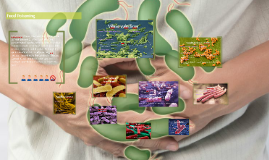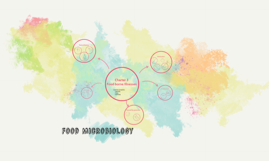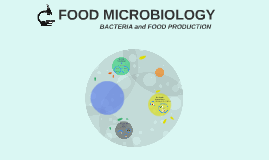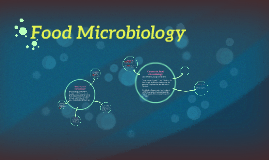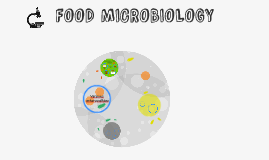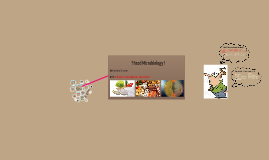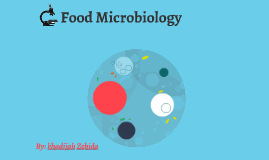Food Microbiology (Food Poisoning)
Transcript: Food Poisoning 24-48 hrs Raw produce, contaminated drinking water, uncooked foods and cooked foods that are not reheated after contact with an infected food handler Duration Eggs, poultry, meat, unpateurized milk or juice, cheese, contaminated raw fruits and vegetables Onset Time After Ingesting Bacillus cereus Diarrhea, fever, abdominal cramps, vomiting Vomiting, diarrhea, blurred vision, double vision, difficulty in swallowing, muscle weakness. Can result in respiratory failure and death Unrefrigerated or improperly refrigerated meats, potato and egg salads, cream pastries 10-16 hrs Food Sources Signs & Symptoms Watery diarrhea, abdominal cramps, some vomiting Food Sources 4-7 days Foodborne illness, more commonly referred to as food poisoning, is the result of eating contaminated, spoiled, or toxic food. The most common symptoms of food poisoning include nausea, vomiting, and diarrhea. Although it’s quite uncomfortable, food poisoning isn’t unusual. According to the Centers for Disease Control (CDC), one in six Americans will contract some form of food poisoning every year. 1-3 days Onset Time After Ingesting Signs & Symptoms Onset Time After Ingesting Duration Meats, poultry, gravy, dried or precooked foods, time and/or temperature-abused foods Listeria Sudden onset of severe nausea and vomiting. Abdominal cramps. Diarrhea and fever may be present. Food Sources Onset Time After Ingesting Fever, muscle aches, and nausea or diarrhea. Pregnant women may have mild flu-like illness, and infection can lead to premature delivery or stillbirth. The elderly or immunocompromised patients may develop bacteremia or meningitis. Staphylococcus aureus Onset Time After Ingesting Signs & Symptoms 24-48 hours Water or food contaminated with human feces Onset Time After Ingesting Signs & Symptoms 4-7 days Intense abdominal cramps, watery diarrhea Onset Time After Ingesting Signs & Symptoms Variable 3-7 or more days 1-7 days Duration Duration Vomiting, diarrhea, abdominal pain, bloodborne infection. Fever, bleeding within the skin, ulcers requiring surgical removal. Can be fatal to persons with liver disease or weakened immune systems. Duration Undercooked or raw seafood, such as shellfish (especially oysters) Variable Onset Time After Ingesting Signs & Symptoms 6-48 hours 1-6 hours Food Sources Shigella 9-48 hrs for gastro-intestinal symptoms, 2-6 weeks for invasive disease Food Sources Unpasteurized milk, soft cheeses made with unpasteurized milk, ready-to-eat deli meats Food Sources Duration Vibrio vulnificus 2-8 days 24-48 hours Signs & Symptoms Meats, stews, gravies, vanilla sauce Signs & Symptoms Food Sources Duration Salmonella Abdominal cramps, fever, and diarrhea. Stools may contain blood and mucus. Onset Time After Ingesting Improperly canned foods, especially home-canned vegetables, fermented fish, baked potatoes in aluminum foil Clostridium perfringens Clostridium botulinum E. coli (Escherichia coli) Food Sources Usually 24 hours Duration Duration Signs & Symptoms 12-72 hours Abdominal cramps, watery diarrhea, nausea Food Sources 8–16 hours






